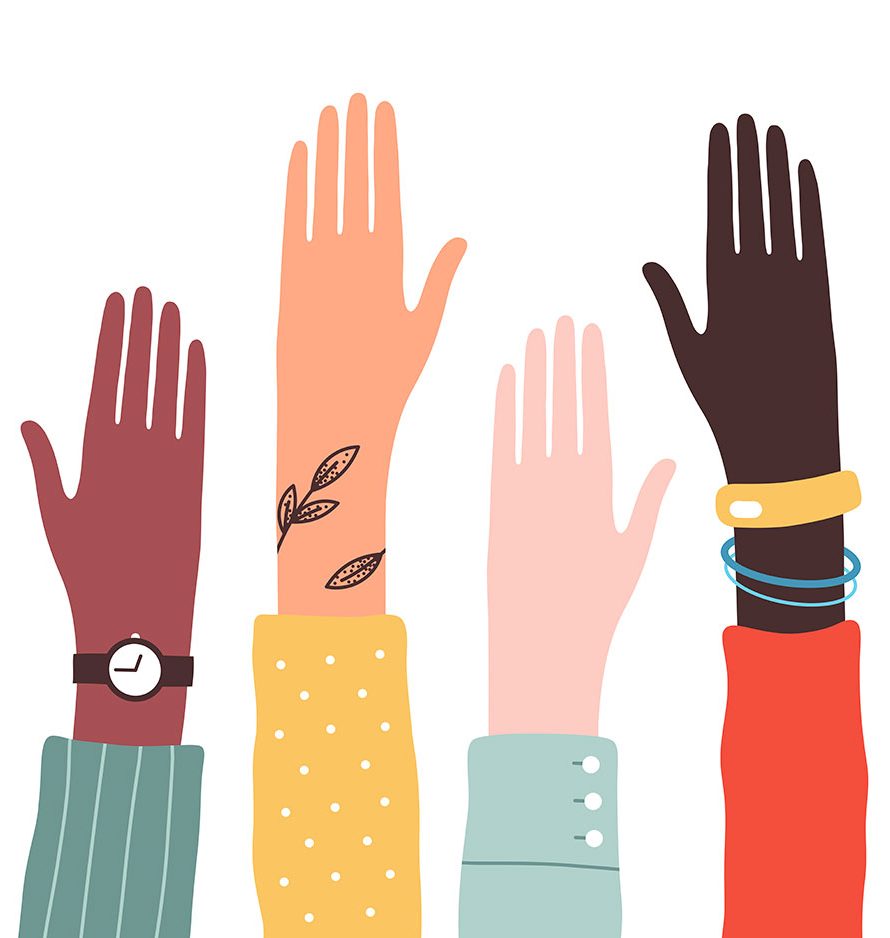JCK asked a cohort of BIPOC and LGBTQIA jewelers and advocates to assess the jewelry industry’s efforts at fostering a more inclusive culture within the trade.
It has been a year and a half since the killing of George Floyd sparked nationwide Black Lives Matter protests and a worldwide reckoning with the consequences of systemic racism. How is the jewelry trade doing with its efforts to improve diversity, equity, and inclusion (DEI) within its ranks?
JCK put that question to 11 thought leaders in the BIPOC (Black, Indigenous, People of Color) and LGBTQIA communities. Some good news: The jewelry trade has responded in a number of positive ways—by engaging in difficult conversations about the role that systemic racism has played in our industry and creating more opportunities for members of underrepresented groups to change the status quo.
But there’s a long road ahead, much of it filled with age-old financing hurdles that continue to prevent many aspiring BIPOC jewelers from breaking into the business. We encourage you to consider their perspectives and advocate for diversity and inclusion in your own communities. (Their remarks have been lightly edited for clarity.)
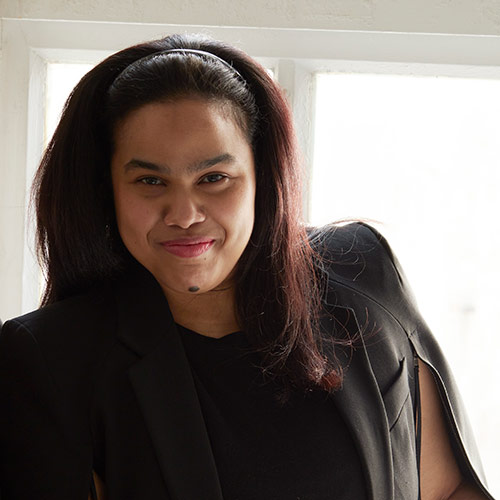 Angely Martinez
Angely Martinez
New York City–based designer and coauthor of the 2020 BIPOC Open Letter, which detailed a call to action to create opportunities for BIPOC jewelers and professionals
The diversity, equity, and inclusion issue will improve over time as more and more diverse talent emerges and the industry embraces them. In the meantime, I would like to focus on the advancements we have witnessed. This year, Sotheby’s hosted Brilliant & Black: A Jewelry Renaissance, curated by [British author and journalist] Melanie C. Grant. Couture’s Diversity Action Council’s mentorship program connected us to leading designers in the industry who have been helping us to succeed in our businesses. Ten Thousand Things debuted their wares in the Metropolitan Museum of Art’s gift shop for the new Afrofuturistic Period Room. The Natural Diamond Council’s Emerging Designers Diamond Initiative launched the fine jewelry collections of multiple designers.
Finally, Diamonds Do Good has just awarded GIA scholarships for diamond education to select BIPOC candidates. To me, this is progress, and we can expect more in the coming years as members of the BIPOC community continue to experience growth and build opportunity.
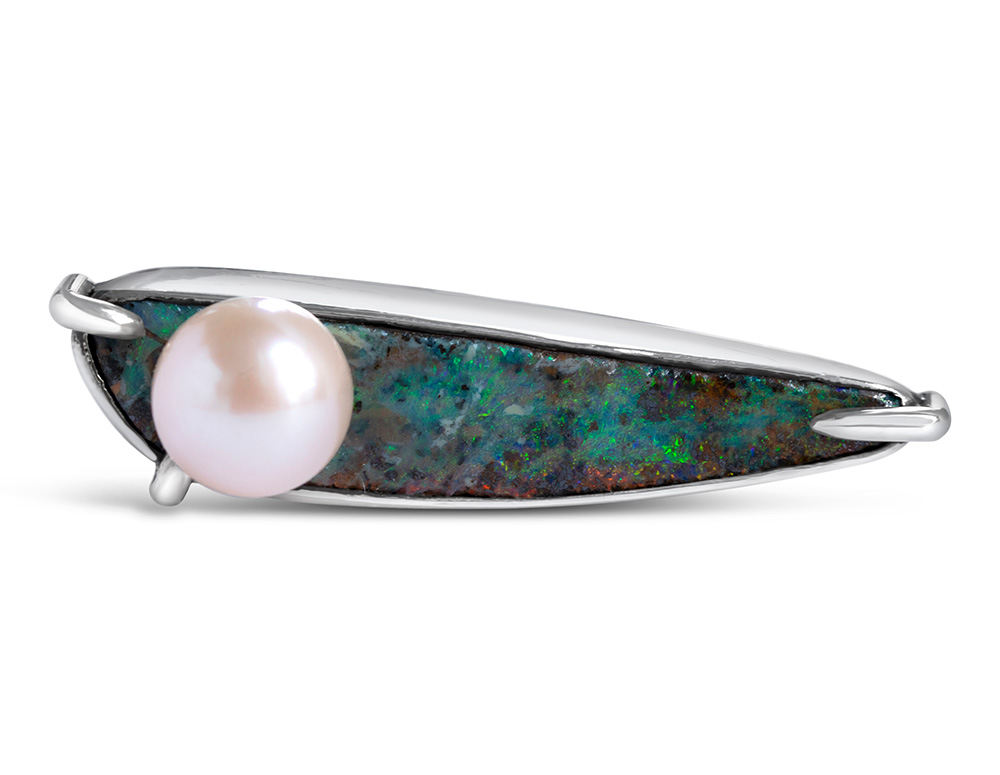
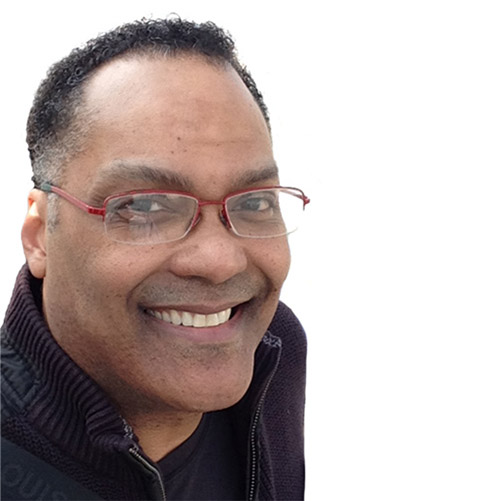 Eric Ford
Eric Ford
Buyer of precious jewelry at Neiman Marcus and chair of Couture’s Diversity Action Council in Dallas
The most significant progress that we’ve made in the last year is that the people who are open to seeing the inequities and inequalities in our industry (as well as many other industries) now recognize that we have a problem.
While we still have a long way to go, and there is much work ahead of us in terms of balancing the playing field for people who have found doors locked tight to them for years, the acknowledgement that there is much work to be done is a step in the right direction.
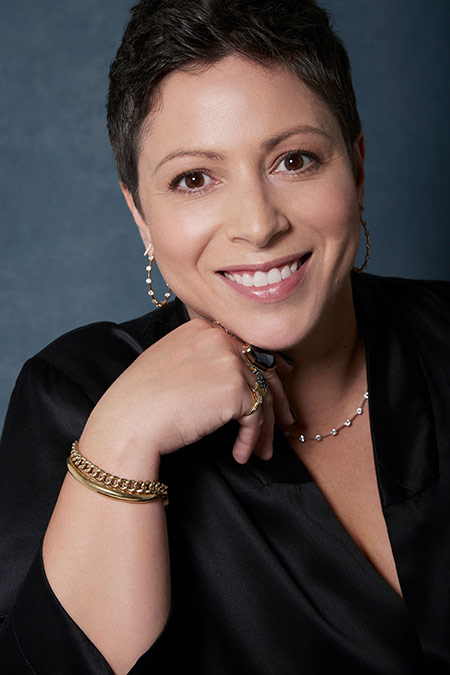 Jennifer Gandia
Jennifer Gandia
Co-owner of Greenwich St. Jewelers in New York City
When I see companies like Christie’s auctioning Taíno devotional and spiritual items…from indigenous people, as they did recently in Paris, I know that so much work still has to be done, and the fact is not everyone wants to do it, which can be infuriating.
The biggest barrier that many BIPOC are facing in our industry now, however, is not exposure or access, it’s financing. Now that the industry is paying attention, the question is how do BIPOC get access to the money, the memo—essentially the resources to help their businesses succeed? There have been a couple of notable initiatives this year addressing this, but the need is far greater and requires lots of institutional support.
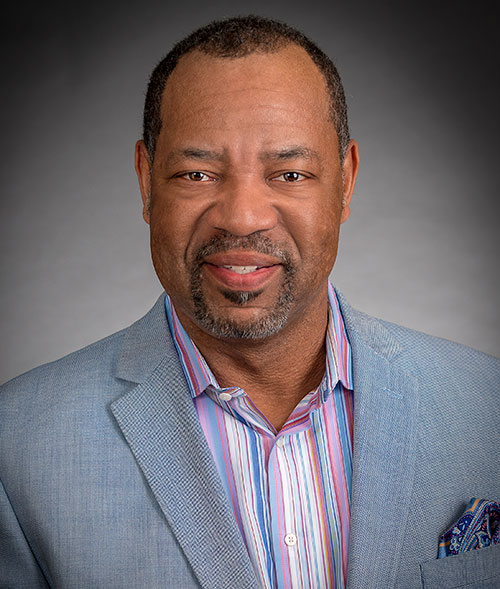 Reggie Johnson
Reggie Johnson
Chief diversity officer and senior vice president of North American Field Human Resources at Signet Jewelers in Dallas
We make our diversity, equity, and inclusion strategy a priority each and every day in every part of our organization. It’s a key component of our business strategy. It makes us more agile/innovative, and helps our people bring their whole selves to work. At the most basic level, we’ve learned that in order to best serve and understand our customers, we must have a workforce that reflects them. We all have biases and blind spots—by being intentional with our hiring efforts, we can hire people who are as diverse as our customer base. This has helped us to nurture an inclusive environment where employees feel safe, supported, and empowered at work each day.
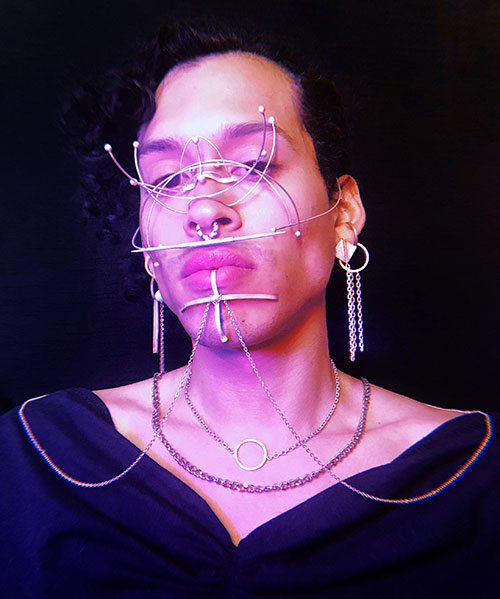 Sol Diaz
Sol Diaz
Founder and designer of Soelia NYC
The jewelry industry is slowly tapping into conversations of diversity and inclusion, which is a good start. But I’ve seen companies and organizations tap into these conversations without wanting to pay speakers involved or do the work that’s required within these conversations. Our allies really need to do the work to dismantle the system that limits BIPOC and LGBTQIA folks. Scholarships, grants, paid internships, and workshops should be hosted for BIPOC and LGBTQIA individuals. By doing so, we allow these communities to rightfully have access to these spaces. There’s room for all of us within this industry.
Look to the jewelers who are transcending gender constructs: Automic Gold, Powerful in Pink by Tracey Carswell, BlackQueerMagic, Juan Alexander, $ulo Bee (@sparkle_filth), and my company, Soelia, that are focusing on our clients’ needs to connect to something beyond gender. Human beings are multifaceted, so why should fine jewelry and bridal be limited to an “idea” that doesn’t fit all of us?
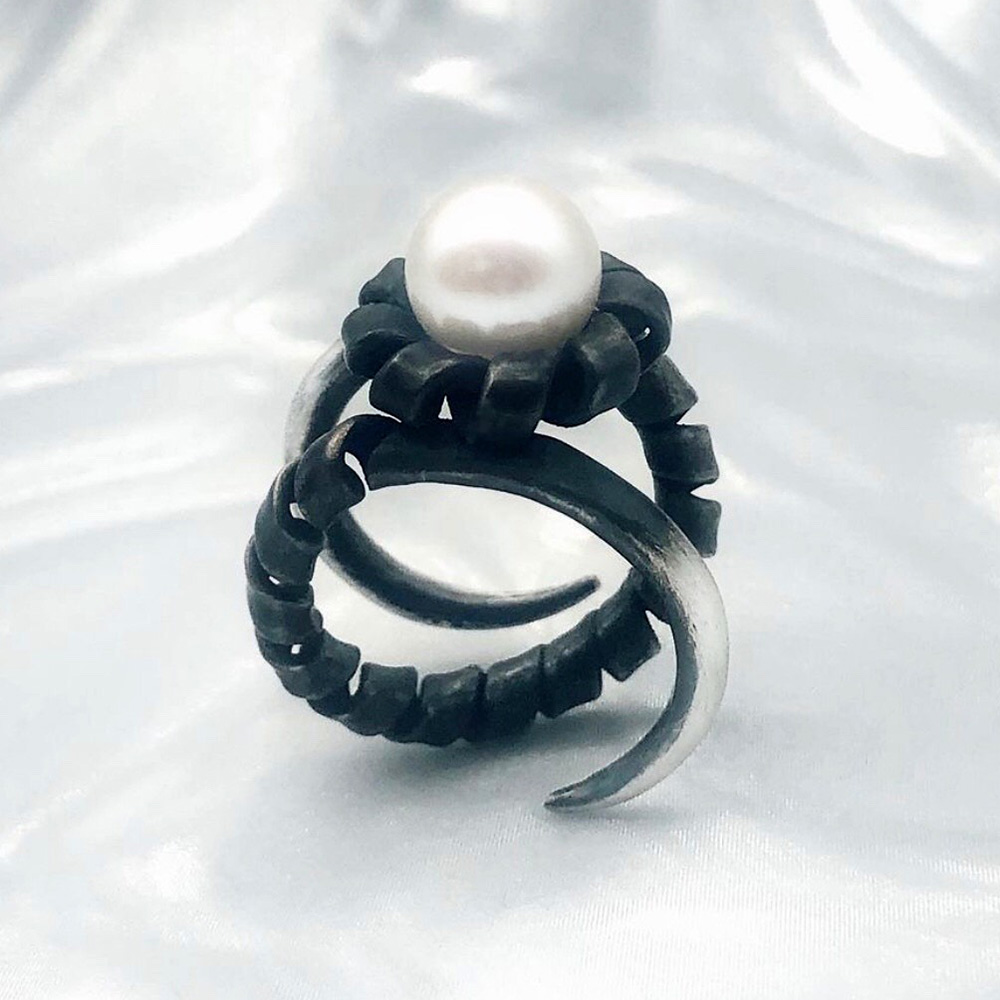
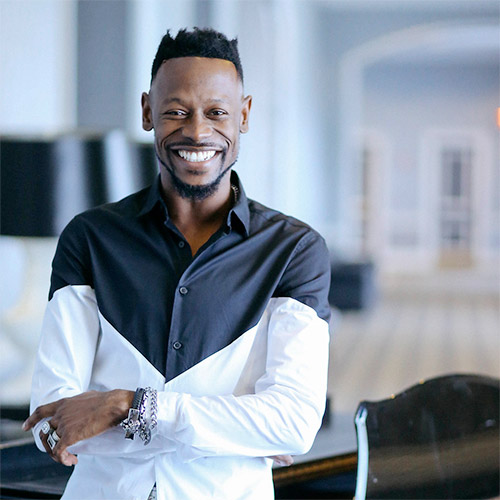 Elliot Carlyle
Elliot Carlyle
Branding and creative consultant, empowerment speaker, and NYC Jewelry Week’s director of cultural diversity and inclusion
The temperature now is different than in 2020, which is when the real work started for many brands and companies. We’re far from where we need to be, but the win is that the work started. I praise the Here We Are program within NYC Jewelry Week because we started this work before there was a racial pandemic. Now, we must intentionally push the needle forward.
We are supporting our colleagues, partner organizations, and all those who are engaging to empower historically underserved and underrepresented people in our industry. The opportunity we have now is to build an industrywide community centered around equitable initiatives to bring representation, support, and safe space to ensure sustainable change in our industry. We’re not working to change anyone’s bottom line, but we are working to help you add to and evolve your bottom line. Those who are willing to make that shift are the ones who are winning in this moment and will win in the next.
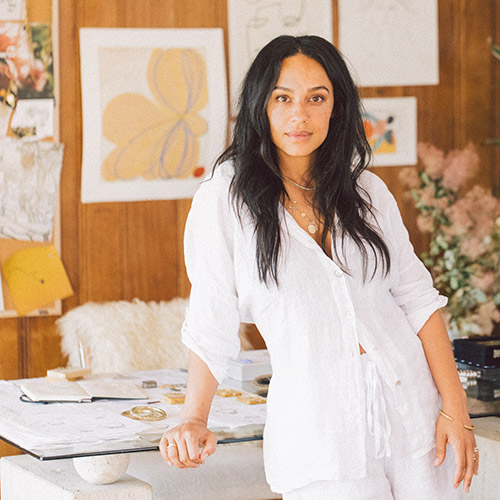 Maggi Simpkins
Maggi Simpkins
Los Angeles–based designer and participant in Sotheby’s Brilliant & Black selling exhibition
I am excited the jewelry industry is beginning to embrace and champion diversity—but because this is a systemic issue (not exclusive to the jewelry industry) it is going to take a lot of time, effort, and consistency to see real change. I think it’s important to recognize that there is not a one-size-fits-all solution. BIPOC designers don’t all have the same needs.
I believe there are (at least) three different categories where a designer might be in their career path, and each category needs to be addressed separately to be the most impactful. There are those who are just starting out and need access to education and information. There are those who have begun their careers and need access to markets, resources, and networks. And there are those who have established businesses and clients, who need to have their stories told, get recognition [in the press], and maybe collaborations and partnerships, so they can continue to grow and elevate their businesses.
One of the reasons it is so important to tell these stories is so that they can help inspire other people of color to enter into the jewelry world. Representation is important—and when you don’t see people who look like you working in a particular sector, you oftentimes can’t imagine yourself there either.
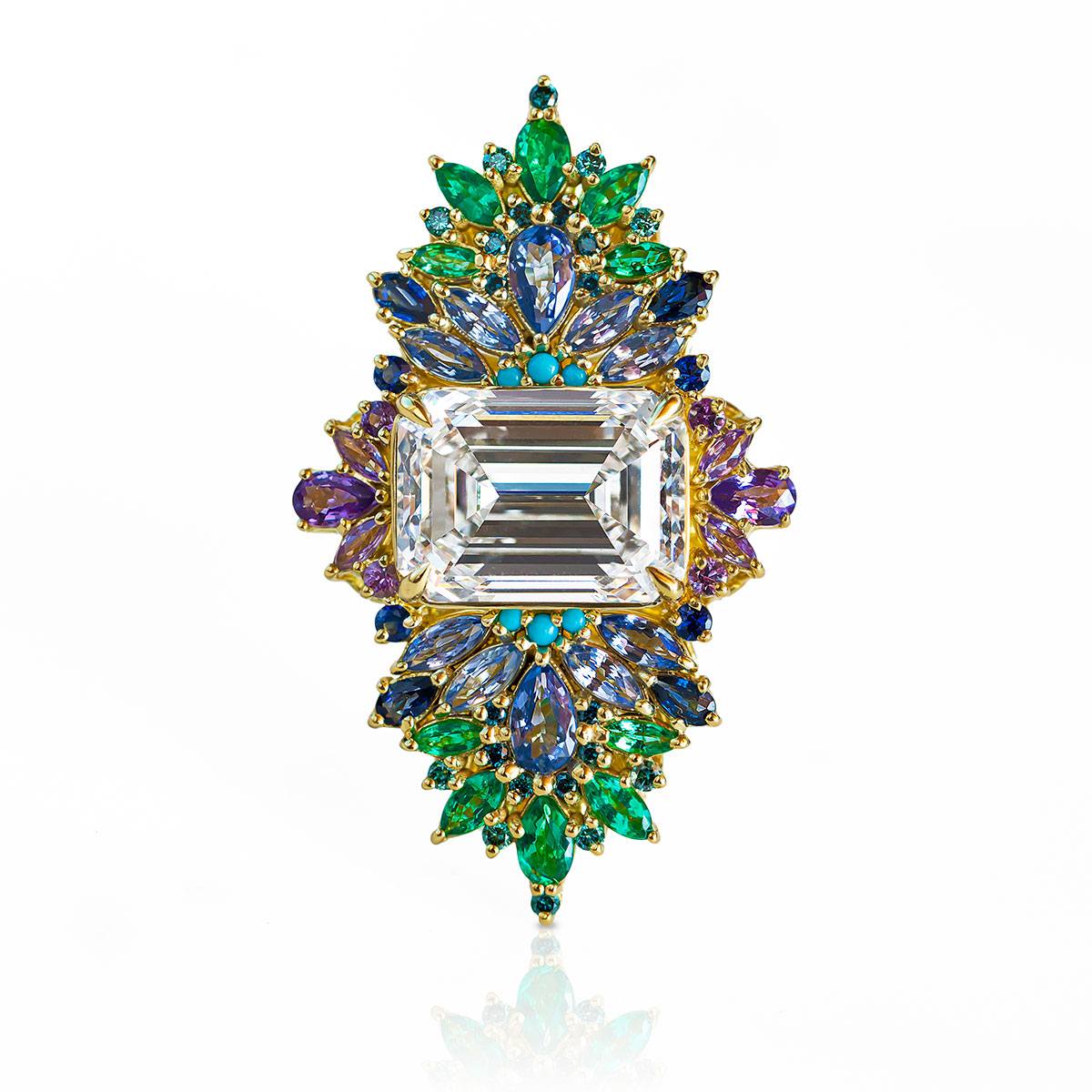
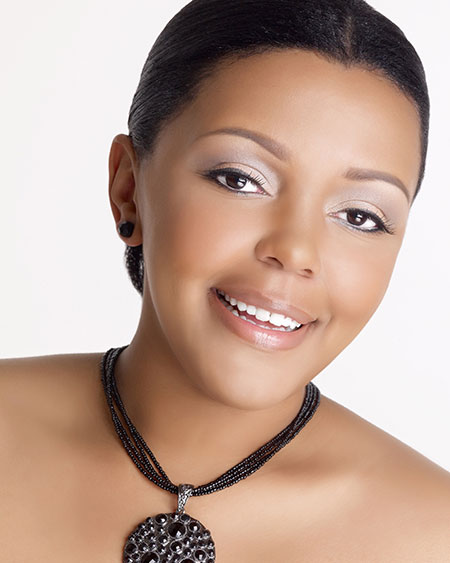 Lee Stevenson
Lee Stevenson
Cofounder and event director of Metal & Smith in New York City and Washington, D.C.
Do I think the majority of BIPOC brands who received coverage in 2020 have continued to see growth and support at the same pace? No. In fact we’ve actually checked in with designers we spoke to during our Amplifying Melanated Voices series, and all but one said the general chorus of support was back to pre–racial awakening levels.
I’ve asked myself why this happened. Early on we saw the industry creating funds and campaigns, which all seemed to bode well. The problem was 99% of these efforts seemed to have an expiration date. I think it is going to take more than opening special spots in shows, offering grant money for schooling, and creating BIPOC designer capsules to effect real change. The issues plaguing the jewelry industry are rooted firmly in a lack of minority representation on every level. Not just in design. Specifically, we need more Black and brown faces making top decisions, sitting at the executive levels of jewelry boards, writing for magazines, and hired as buyers.
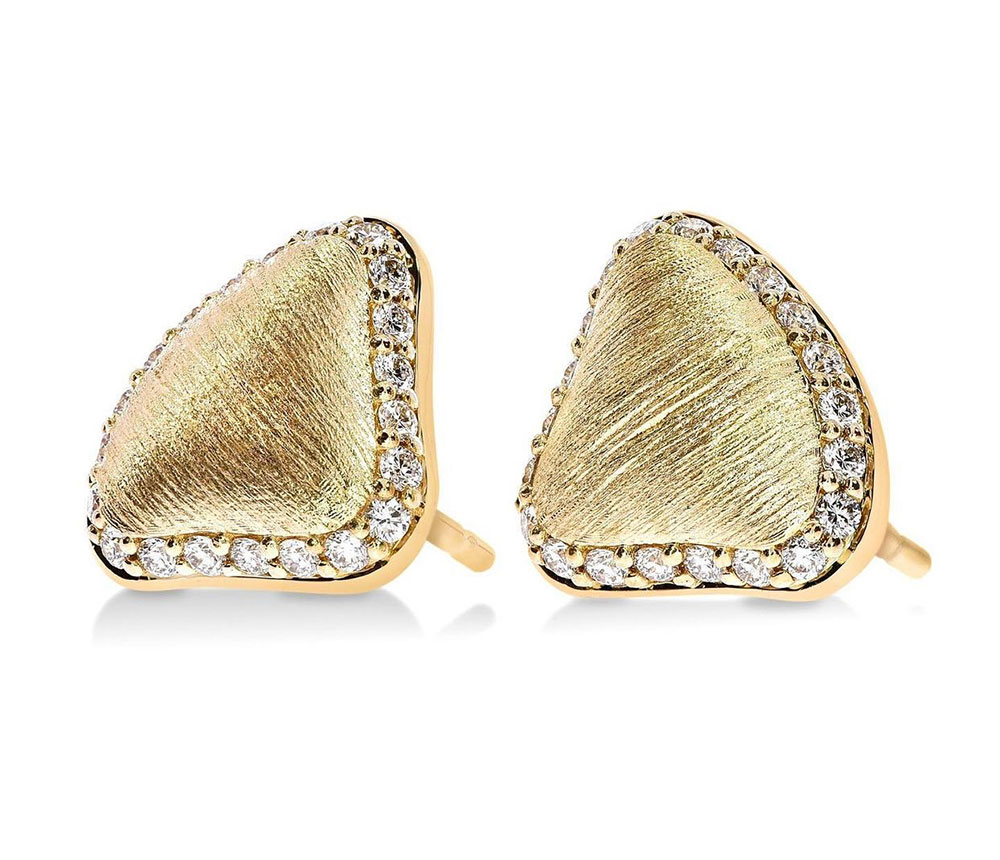
 Constance Polamalu
Constance Polamalu
Founder and designer of Birthright Foundry and chief operating officer of Zachary’s Jewelers in Annapolis, Md.
I actually think we are off to a beautiful start for a better tomorrow! When I started 10 years ago, I never imagined that I would be able to discuss [DEI issues] anywhere outside of the back corner of a bar with the one other minority at the event. If we look at mine to market, there are many faces of many colors and creeds working with fine gemstones and jewelry.
If we want to feel good about ourselves, we can stop there and say, “I don’t know what you are talking about. Our industry is global and diverse.” But if we dissect it, we see almost a caste system and that really leads to a bigger question of equity, which boils down to some implicit bias and financial barriers which have less to do with our industry and more to do with our world. I also don’t believe that increasing diversity, equity, or inclusion means that someone else has to lose something. I think we just need to be realistic about why certain barriers are where they are and remove them so that the cream can rise. Healthy competition is like fertilizer for innovation.
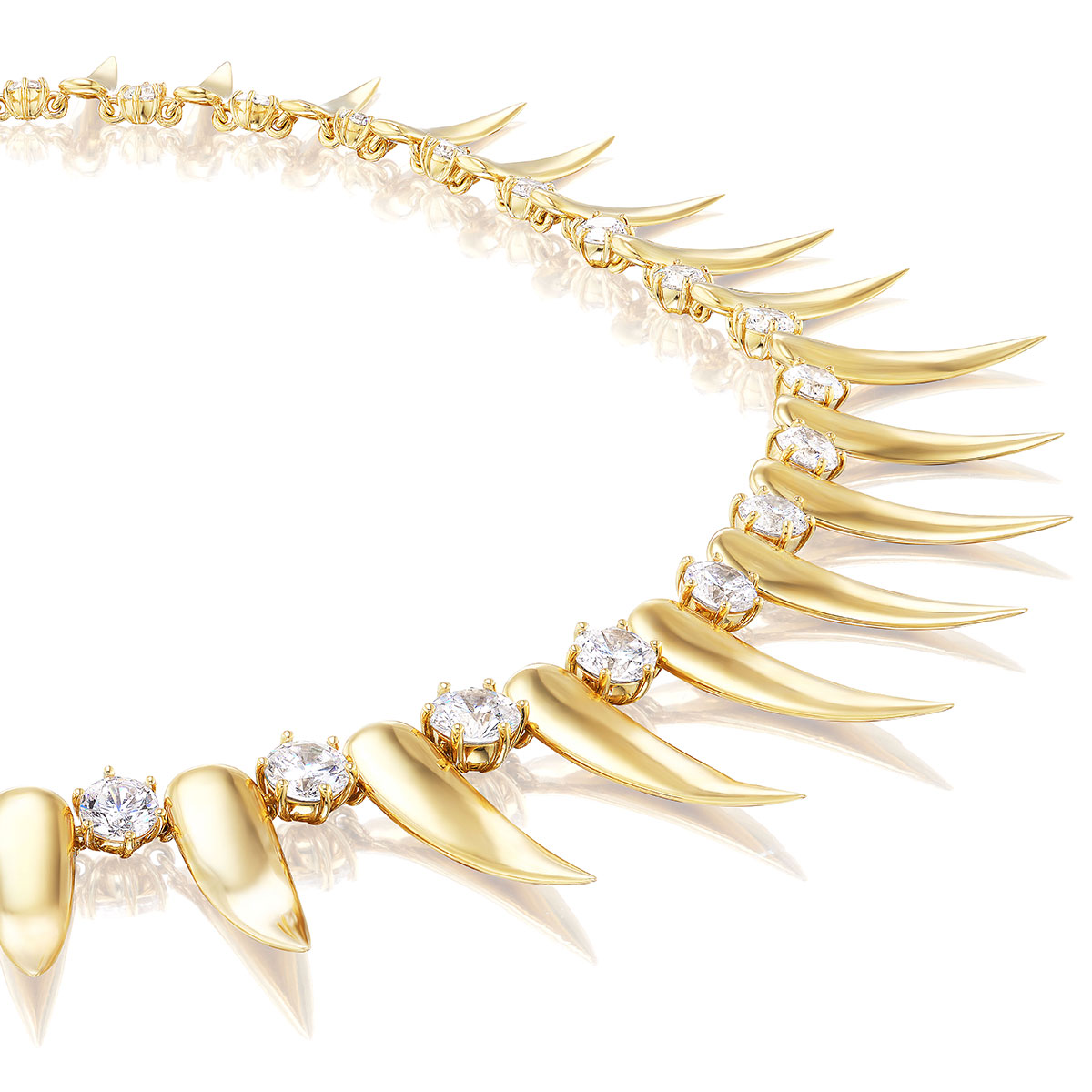
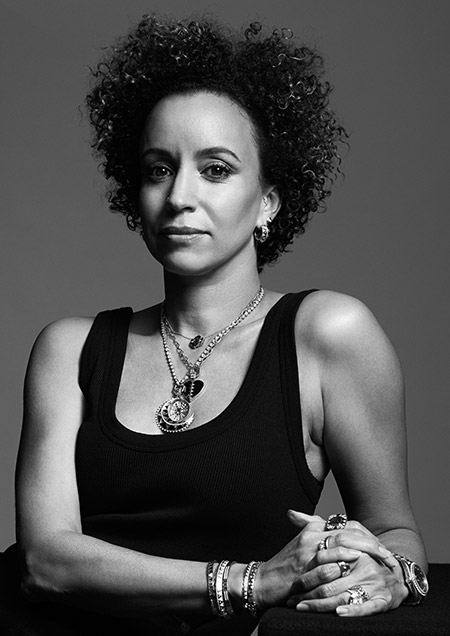 Lauren Harwell Godfrey
Lauren Harwell Godfrey
Founder and designer of Harwell Godfrey in Marin County, Calif., and participant in Sotheby’s Brilliant & Black selling exhibition
From where I sit, there are some very passionate, intelligent, influential people in the industry working hard to create thoughtful programs and opportunities to shine a light on and promote the BIPOC voices in our industry. These are positive steps. The problem is that even though the headlines aren’t as dramatic, the [systemic racism] issue persists.
What I would personally like to see is more access to materials and funding. Fine jewelry material costs are very high, and BIPOC not only have less generational wealth to count on, we receive less business financing and often at higher rates. According to the Federal Reserve, 80.2% of white business owners receive at least a percentage of the funding they request from a bank, compared to 66.4% of BIPOC. This is a money issue.
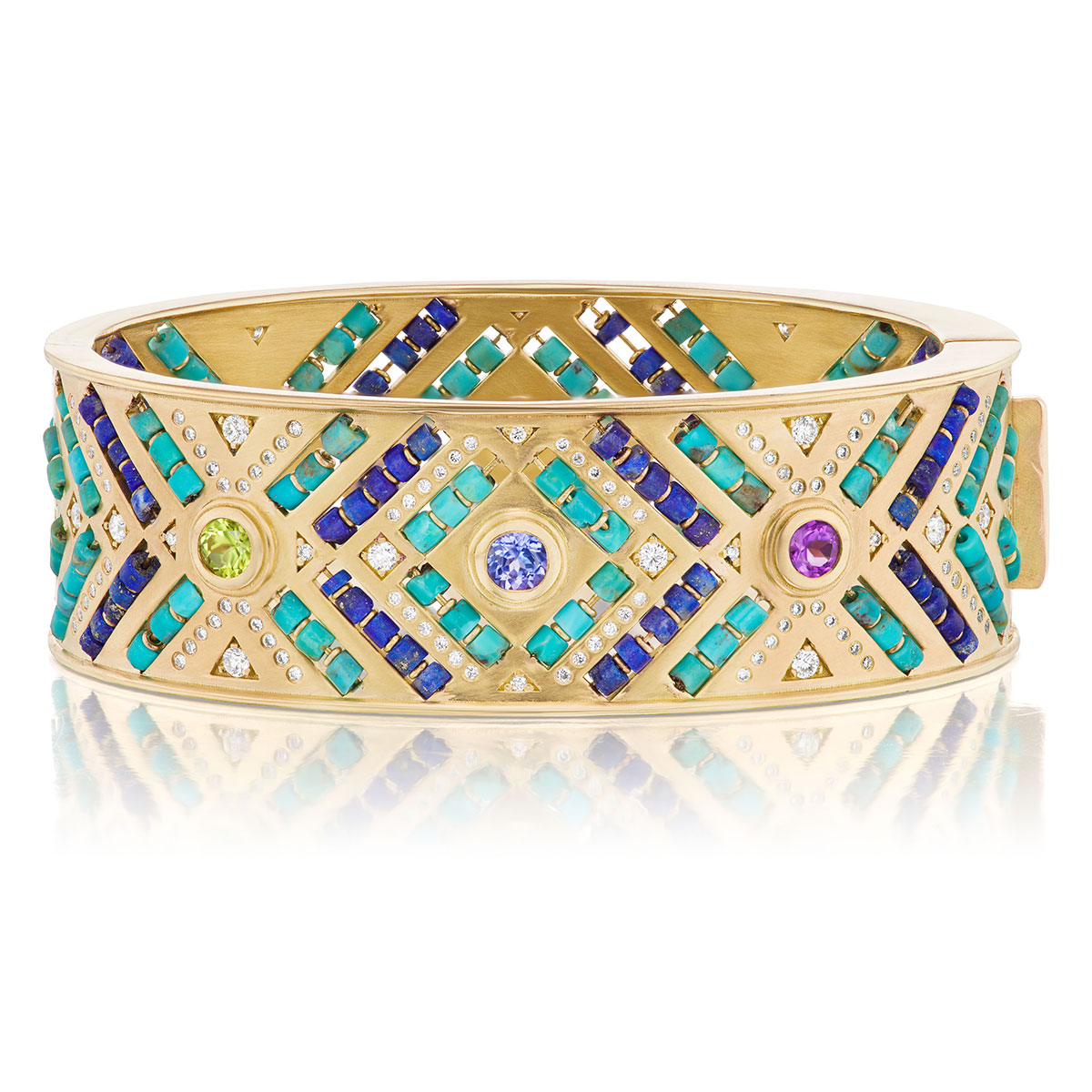
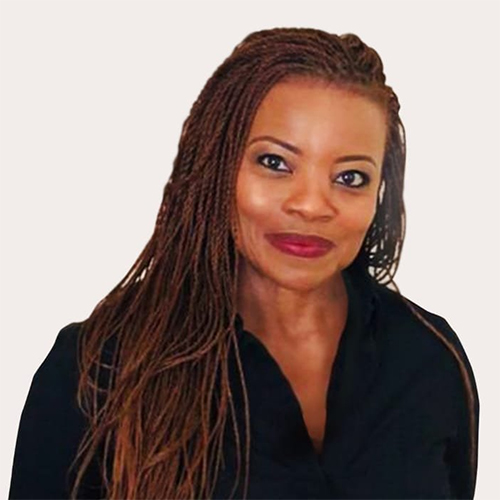 Pat Dambe
Pat Dambe
Vice president of market outreach for natural diamonds at De Beers Group in Gaborone, Botswana
The industry is going through a listening process and identifying the challenges and barriers to inclusivity. Particularly with young BIPOC independent designers, those barriers include money, liquidity, access to goods, access to opportunities, having to put their passion and talent on hold to work a more traditional job to make ends meet—the obstacles are vast.
Design creativity is driven by having different and diverse points of view, and by excluding a large portion of the world, we have missed out on those unique and beautiful viewpoints and, no doubt, much great design talent. The win in my perspective is that this journey of change seems genuine, intentional, and sustainable—diversity benefits everyone in the industry.
(Top: Getty Images)
